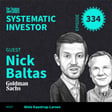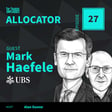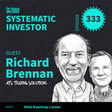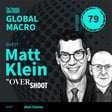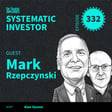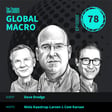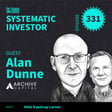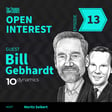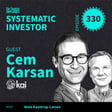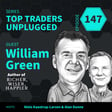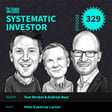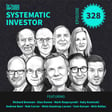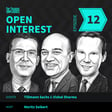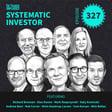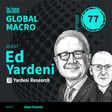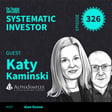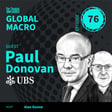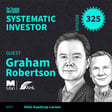
ALO28: Why Hedge Funds Still Matter ft. Alexander de Bruin
In this episode, Alexander de Bruin, Head of Fund Research at Edmond de Rothschild, joins Alan Dunne to discuss the art and science of selecting managers and building portfolios of alternatives. Alexander shares insights from his background in convertible bond trading and how it has shaped his approach to allocating capital. The conversation explores the rapid growth of private markets, with a focus on the current opportunities in private credit. They also delve into Alexander's framework for constructing hedge fund portfolios, examining the role of multi-manager, multi-strategy funds compared to other diversifying strategies. Alexander provides a behind-the-scenes look at his manager due diligence process, including his unique approach of sitting on the trading floor with hedge fund managers to gain a deeper understanding of their strategies.
-----
50 YEARS OF TREND FOLLOWING BOOK AND BEHIND-THE-SCENES VIDEO FOR ACCREDITED INVESTORS - CLICK HERE
-----
Follow Niels on Twitter, LinkedIn, YouTube or via the TTU website.
IT’s TRUE ? – most CIO’s read 50+ books each year – get your FREE copy of the Ultimate Guide to the Best Investment Books ever written here.
And you can get a free copy of my latest book “Ten Reasons to Add Trend Following to Your Portfolio” here.
Learn more about the Trend Barometer here.
Send your questions to info@toptradersunplugged.com
And please share this episode with a like-minded friend and leave an honest Rating & Review on iTunes or Spotify so more people can discover the podcast.
Follow Alan on Twitter.
Episode TimeStamps:
02:20 - Introduction to Alexander de Bruin
09:02 - The clients and portfolios that Edmond de Rothschild
13:18 - Should the 60/40 portfolio be revamped?
15:40 - de Bruin's approach to implementing new strategies
19:41 - How de Bruin deal with the paranoia of something going wrong
22:27 - Is there a place for multi-strat approaches?
25:09 - The challenges of managing risk as a multi-strat manager
26:53 - How hedge funds deal with portfolio constraints
29:19 - Opportunities and risks in private markets
35:32 - How high yield p
